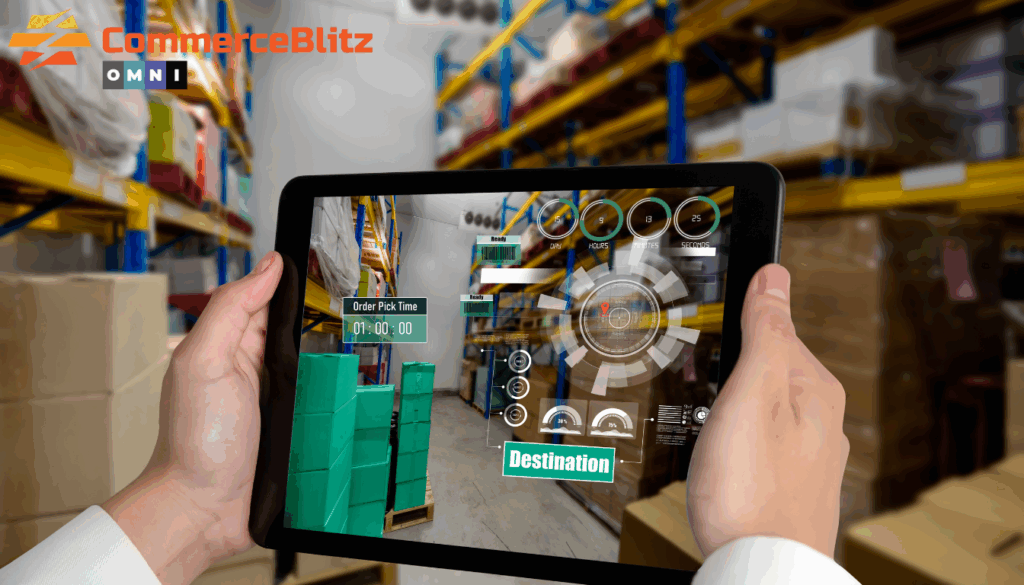5 Signs You’ve Outgrown Your Current Order Management System
Not every order management system is built to grow with you. What may have worked perfectly when you were just starting out can become a bottleneck as your sales channels multiply, your warehouse expands, and your customer expectations rise. But it’s not always obvious when your tech stack starts holding you back. Many businesses continue to patch problems, hoping the next workaround will be the last one. Sound familiar?
Here are five signs that your current order management system isn’t keeping up with your business and why it might be time to consider a smarter, more scalable solution.
1. You’re Still Relying on Manual Processes
If you or your team are constantly exporting spreadsheets, manually updating inventory levels, or copy-pasting order data between platforms, you’ve already outgrown your system. Manual work may feel manageable when order volume is low, but as it increases, so does the risk of human error, fulfillment delays, and frustrated customers. Your system should be reducing your workload, not creating more of it.
2. Inventory Mistakes Are Costing You Sales
You mark a product as in stock, but it’s already been sold through another channel. Or worse, you oversell and have to cancel an order after payment is processed. Inaccurate inventory counts are a glaring sign that your system lacks proper syncing across platforms. Real-time visibility shouldn’t be a luxury. It should be standard, especially when multiple warehouses or sales channels are involved.
3. You Can’t Adapt to New Sales Channels Easily
Adding a new marketplace or sales channel shouldn’t require a complete overhaul of your operations. If integrating new tools means hiring developers or disrupting your team’s workflows, it’s a sign that your current system lacks the flexibility to support modern eCommerce. You need an order management platform that makes expanding easy, not one that limits your options.
4. Clients or Customers Are Always Asking for Updates
If you manage fulfillment for others, or even just for your own brand, and you constantly field emails asking “Where is my order?” or “Can you send me a tracking link?” your system isn’t doing enough. Clients and customers expect transparency and real-time updates. If your current setup doesn’t make that automatic, it’s not just outdated, it’s affecting your reputation.
5. You’re Playing Tech Support More Than Running Operations
When your team spends more time troubleshooting sync failures, correcting shipping errors, or calling vendors to fix integrations, your system has officially become a liability. A good order management system should work quietly in the background, keeping everything running smoothly. If you’re constantly in firefighting mode, that’s your red flag.

Recognizing these signs is the first step. Fixing them is the next and that’s where CommerceBlitz OMNI steps in as a game-changer. OMNI isn’t just another order management tool. It’s a complete operational command center built specifically for fast-growing eCommerce businesses and 3PLs that need to scale without chaos.
OMNI brings all your workflows under one roof: orders, inventory, shipping, and client visibility, eliminating the need for clunky spreadsheets, disconnected software, and constant workarounds. Whether you’re juggling multiple clients, dozens of SKUs, or sales from various channels like Shopify, Amazon, or Walmart, OMNI keeps everything in sync and updated in real time.
Instead of reacting to problems, OMNI helps you prevent them. Automations take care of repetitive tasks, while real-time dashboards give you the clarity to make confident decisions. And because OMNI is designed to be flexible, you can customize workflows, tailor fulfillment rules, and manage each client or product line exactly the way your business needs without compromising on accuracy or speed.
If you’re constantly trying to make your system do things it wasn’t built for, that’s your cue. You don’t need to work harder; you need smarter tools.
Request access to the OMNI sandbox today and discover what it’s like to have full control, total visibility, and zero guesswork in your order management. Try it, test it, and see why modern logistics starts with OMNI.